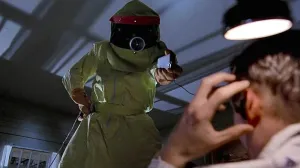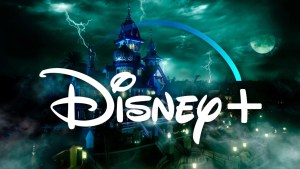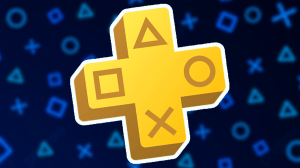When Mario + Rabbids Kingdom Battle was first revealed back in 2017, Nintendo fans were confused to say the least. The Ubisoft franchise seemed like an odd choice for a crossover game, and the strategy-based gameplay didn’t seem like a fit for either property. Despite the strange nature of the crossover, the game was released to strong critical praise, and it was a big commercial success as well. Five years later, Ubisoft is releasing Mario + Rabbids Sparks of Hope, a sequel that is in a much different place in terms of expectations. Thankfully, the sequel manages to deliver an experience that builds on its predecessor while also surpassing it.
Videos by ComicBook.com
When Sparks of Hope opens, we discover that Beep-0 and the Rabbid versions of Mario, Luigi, and Peach have remained close friends with the Mushroom Kingdom cast. A seemingly peaceful day at Peach’s Castle is quickly interrupted by the arrival of new villain Cursa. Cursa is in pursuit of the Sparks, a new hybrid of Rabbids and the Lumas from Super Mario Galaxy. The Sparks play a major role in the sequel’s gameplay as well as its narrative, allowing players to equip them with each playable character to grant them new abilities. For example, Ethering allows the hero to turn invisible, while Toxiquake creates shockwaves of ooze that hit multiple foes. Players have a lot of freedom to mix and match these abilities to find what works best for their play style. They can also use Star Bits to upgrade Sparks and make them more powerful.
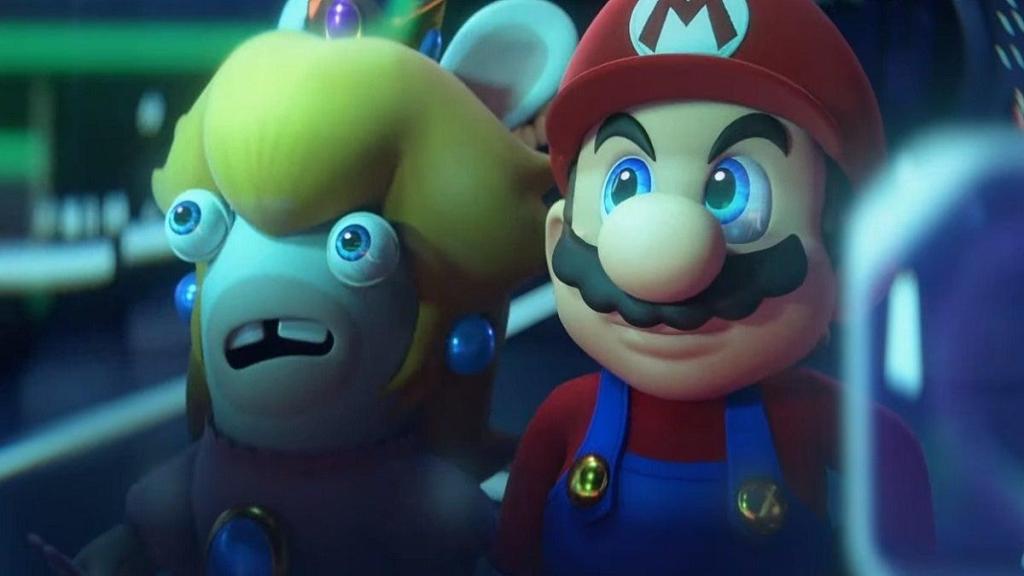
If the Sparks were the only change Ubisoft made to the combat, most players probably would have been OK with it. However, Sparks of Hope goes much further in the way it refines the gameplay from Kingdom Battle. The grid-based movement from the first game has been abandoned, instead offering much more freedom to move around in combat. As a trade-off, players can no longer move once they’ve used a standard attack. Before the game’s release, I was interested to see how this would work in practice, and I’m happy to say that it’s much more freeing; obviously, each hero can only move so far during each turn, but it adds to the overall strategy. For example, on one turn Mario might be able to move further on the field than Rabbid Peach, but if the player moves him just a little bit and then switches over to the latter character, she can do a team jump off of Mario to reach a farther opponent than she would have otherwise. And since Mario hasn’t attacked yet, the player can then swap back to Mario and move him freely on the field once again.
These changes to the combat really open the game up, and it made me think a lot more about how to most effectively use each hero’s strengths. When playing the first game and its DLC chapter, I sometimes felt that if I didn’t attack in a very specific way, it would result in a loss. Here, I felt like I had more freedom to effectively plot out my attacks and look for ways to deliver as much punishment on my enemies as possible. There’s an immense sense of satisfaction when you get into a rhythm with the gameplay and dispatch your opponents. The game’s animations sell it even more when you see over-the-top weapons like Edge’s blade cutting down enemies.
While the combat offers some of the biggest changes from the previous game, Ubisoft has made a number of other improvements from Kingdom Battle. In the 2017 game, environments were incredibly linear, with exploration centered on mostly straight paths. The planets in Sparks of Hope offer much greater opportunities to explore and find hidden secrets. In a way, it makes the game feel much more like a traditional Mario title, though I often had to remind myself that these characters can’t actually jump outside of battle.
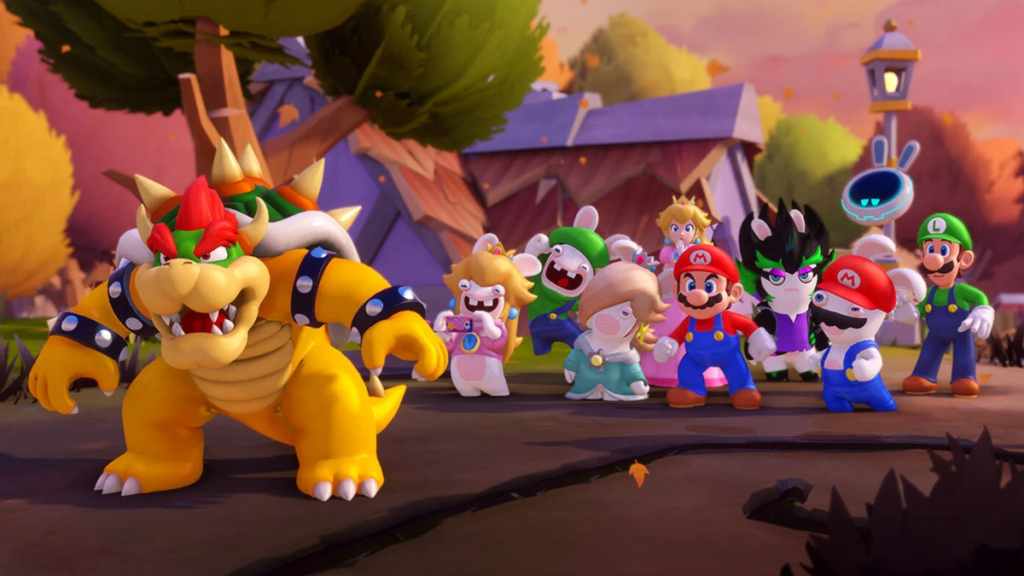
In terms of presentation, Sparks of Hope pushes the Switch hardware a bit more than the first game. The sequel looks noticeably sharper, and even the character designs look better. Grant Kirkhope’s music is every bit as catchy as it was in the first game, and it’s great to hear his signature style return. This time around, Ubisoft has added some voice work, with Beep-0 being fully voiced and the Rabbids characters getting a chance to talk. While the characters do speak, it’s mostly limited to one voiced line per paragraph, and a few lines throughout combat. The voice work is mostly good and helps to infuse the characters with more personality. As a result, I found myself loving Rabbid Peach’s brattiness even more in this game, though Rabbid Mario didn’t hit as well for me.
Speaking of characters, Sparks of Hope adds some new playable ones to choose from, spreading them throughout the journey. Edge is a mysterious new Rabbid character that seems destined for a spin-off game. While his design feels like Ubisoft was trying too hard to make a Rabbid version of Cloud Strife, he’s an immensely satisfying character to use, quickly becoming a staple of my team. Rabbid Rosalina is also a fitting addition given the influence Super Mario Galaxy had on Sparks of Hope. Bowser is probably one character that players are most looking forward to using, but they should be warned that the king of the Koopas doesn’t show up until about 7 to 8 hours into the game; given that, I’m somewhat disappointed Ubisoft didn’t choose to keep his role a surprise.
Mario + Rabbids Sparks of Hope is kind of the ideal video game sequel. Ubisoft has refined all of the best elements of the first game in ways that feel fun and satisfying while delivering new elements that make it stand on its own. The story is better, the graphics are smoother, and there are way more elements of the Mario franchise present this time. Most importantly, the combat is engaging and actually made me want to keep picking battles with opponents on the map. It’s hard to believe that Ubisoft has managed to create such an endearing spin-off series, but I truly hope that there are plans beyond this game and its forthcoming DLC. If the developer can maintain this level of quality, I’d love to see what it can do with the series next.
Rating: 4.5 out of 5
Mario + Rabbids Sparks of Hope is set to release on October 20th on NintendoSwitch. The game was provided by thepublisher for the purpose of this review, and it was reviewed on a Nintendo Switch OLED.

